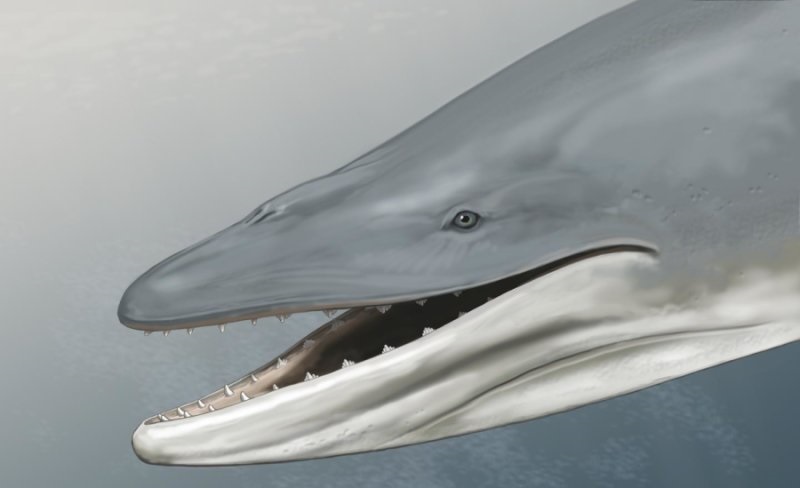34-Million-Year-Old Skull in Antarctica Reveals Whales Had Teeth and Gums

An ancient skull found in Antarctica revealed that whales had teeth and gums. The discovery also points out that back then, these friendly animals were ferocious predators.
The 34 million-year-old whale skull also suggests that whales went through a long evolution process, slowly acquiring their baleens. The previous studies on how whales got their baleens showed otherwise.
It seems that the whales used to prey on large victims. That made them lose their teeth, and when they couldn’t bite anymore, so they had to learn to suck. That’s how the baleens slowly developed into today’s comb-like baleens. Now, the baleen whales only feed on a massive amount of small prey, filtering it through baleens.
The Ancient Skull Belongs to a Llanocetus Denticrenatus
The whale skull found during an expedition in Antarctica belongs to a Llanocetus denticrenatus. Ewan Fordyce, a professor from the University of Otago, discovered the remains of which proved to be the second oldest baleen whale ever found. The discovery of the skull proved to be full of surprises. Researchers pieced together the puzzle, and it seems that the skull fits the remains discovered in the mid-1970s by American researchers.
Fordyce and Felix Marx (with the Royal Belgian Institute of Natural Sciences) analyzed the skull and then published their finding in the journal Current Biology.
They stated that the Llanocetus denticrenatus is an early relative of the blue whales and the humpback whales and that they were predators.
Inside the roof of their mouths, humpback and blue whales have grooves that contain blood vessels. The vessels support the baleens. In the Llanocetus whales, researchers found the same grooves, but they were around tooth sockets, meaning that the blood supply was sent to the gums, not to baleens.
Felix Marx explains that Llanocetus reached almost 8 meters and it has widely spaced teeth. The skull they found had a tear into a tooth, telling them that the Llanocetus cut its prey with the teeth:
“Llanocetus was both large and a ferocious predator and probably had little in common with how modern whales behave.”
What made the whale evolve from ferocious predators to today’s whales? Probably the weather got colder, from tropical temperatures. They had to change their nutrition cycles, adapting to the food available at that time.
0 comments